Letter identification Worksheets for Ages 4-6
7 filtered results
-
From - To
Unlock your child’s reading potential with our Letter Identification Worksheets for ages 4-6! Perfectly designed for young learners, these engaging and colorful worksheets make learning the alphabet fun and interactive. Kids will practice identifying uppercase and lowercase letters, strengthening their alphabet recognition skills through a variety of activities, including tracing, matching, and finding hidden letters. Ideal for both classroom use and homeschooling, our worksheets help build a strong foundation in early literacy, preparing your little ones for reading success. Dive into a world of letters and watch your child’s confidence grow with every completed worksheet!
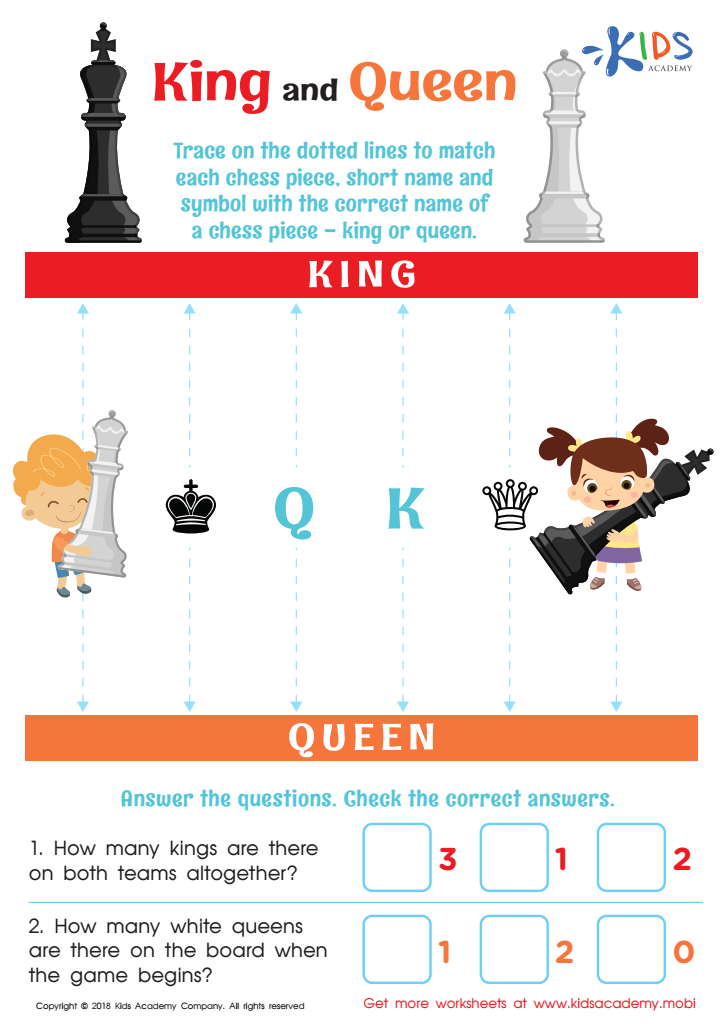

King and Queen Worksheet


Letter K Sounds Worksheet
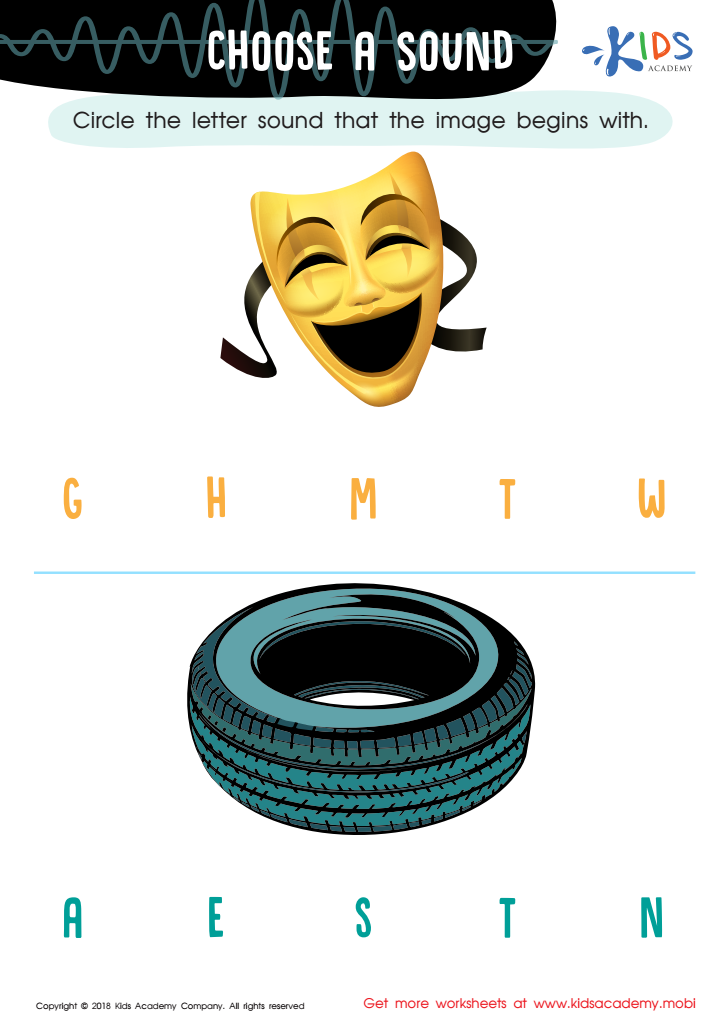

Choose a Sound Worksheet


Find Uppercase Letters P, Q, and R Worksheet


Can You Hear Me Worksheet
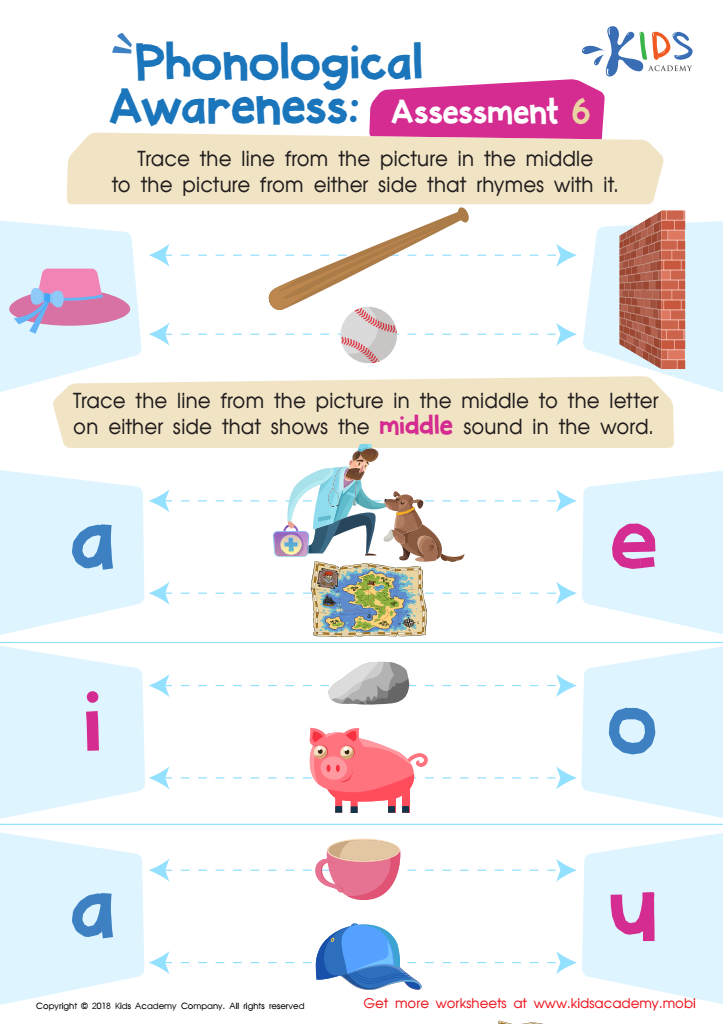

Phonological Awareness: Assessment 6 Worksheet
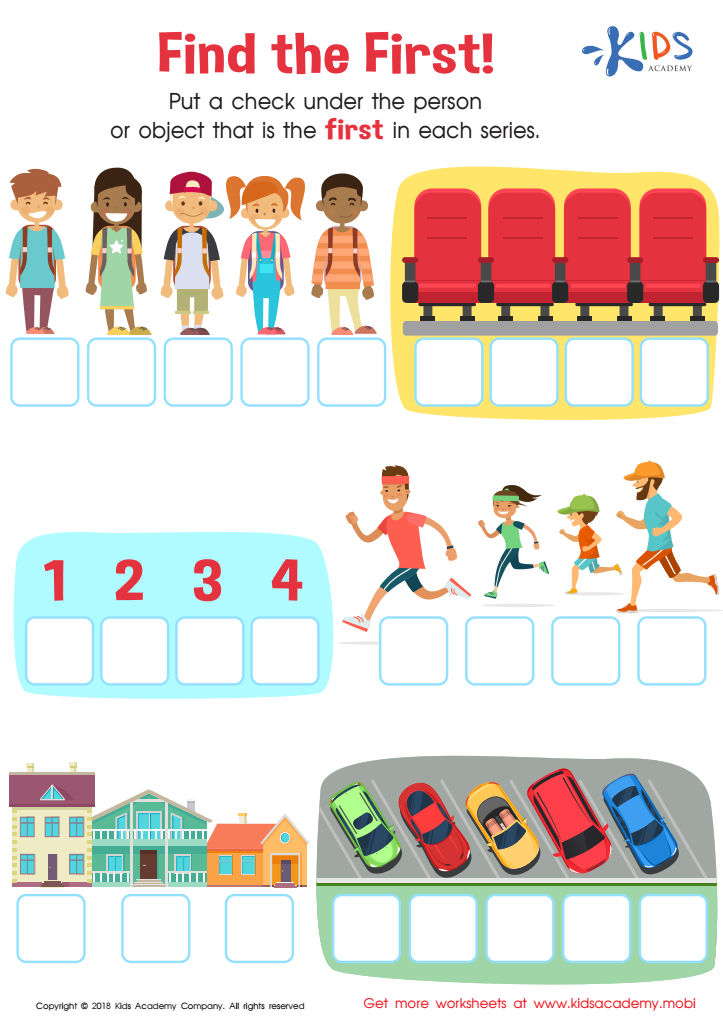

Find the First! Worksheet
Letter identification is a crucial early literacy skill that sets the foundation for reading and writing. For children aged 4-6, being able to recognize and name letters of the alphabet has several key benefits that parents and teachers should care deeply about.
Firstly, it is the gateway to reading; understanding the relationship between letters and sounds, known as phonics, is central to decoding words. When children can identify letters, they are better prepared to learn to read words, enhancing their overall literacy development.
Secondly, letter identification promotes phonemic awareness, which is the ability to hear, identify, and manipulate the individual sounds in spoken words. This skill is vital for understanding that letters represent sounds, a key insight that enables them to read and spell new words independently.
Moreover, early success in identifying letters can boost a child’s confidence and interest in learning. Children who struggle with this foundational skill may become frustrated, which can lead to a lack of motivation and lower academic performance in the long run. Therefore, providing positive, engaging, and supportive learning experiences around letter identification ensures that children develop a love for reading and learning.
In conclusion, parents and teachers should prioritize letter identification for young children to foster essential skills for academic success and to cultivate a positive, lifelong attitude towards literacy.

 Assign to My Students
Assign to My Students


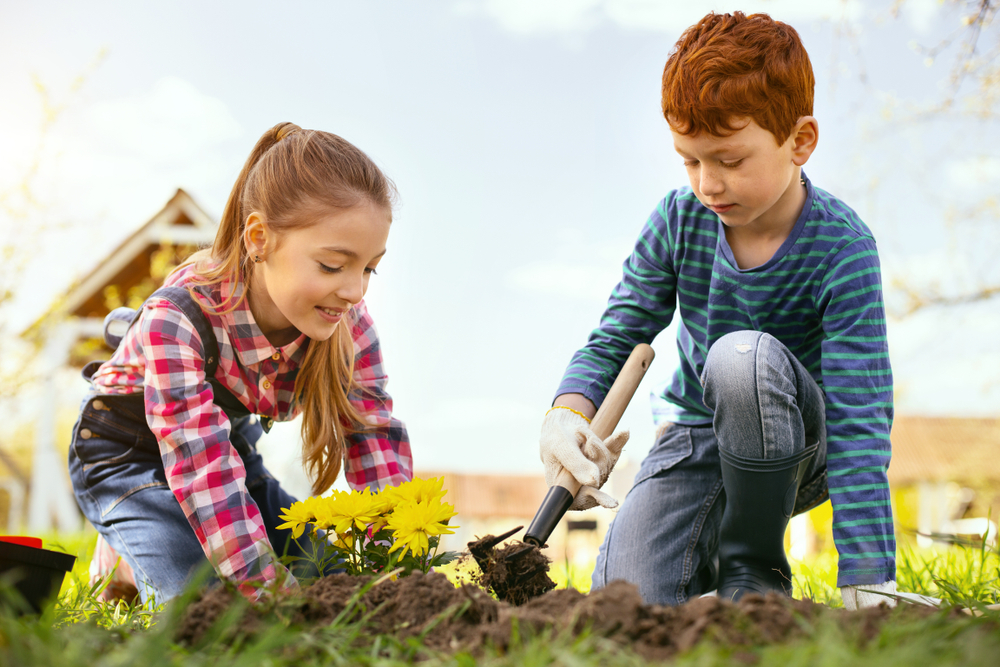
.jpg)
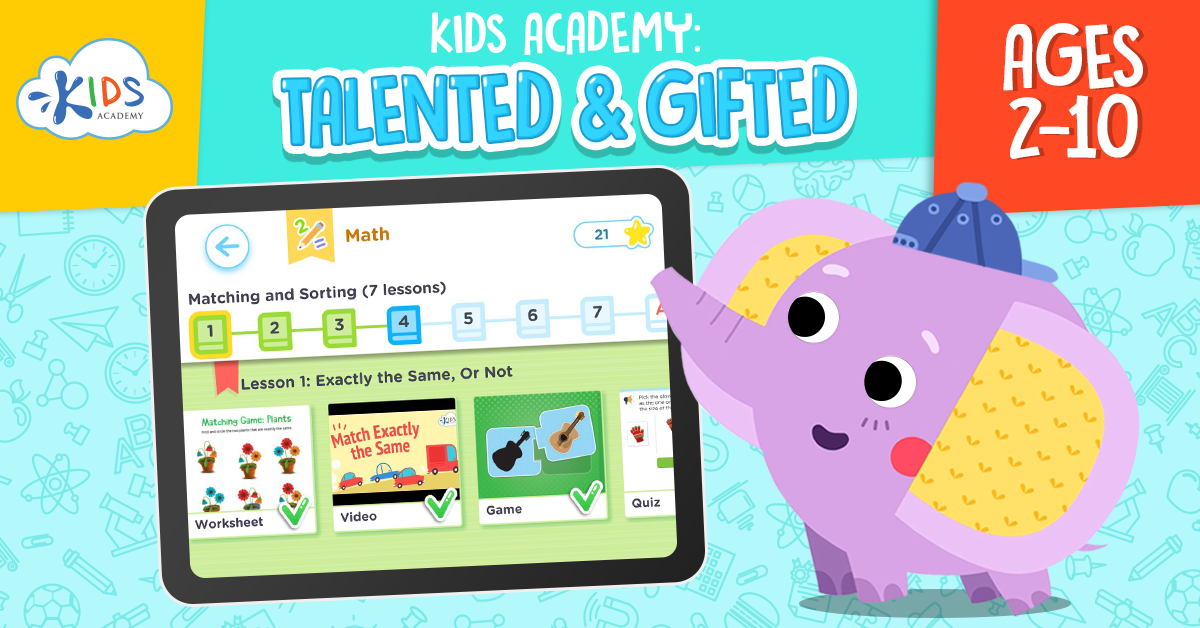
.jpg)

.jpg)








